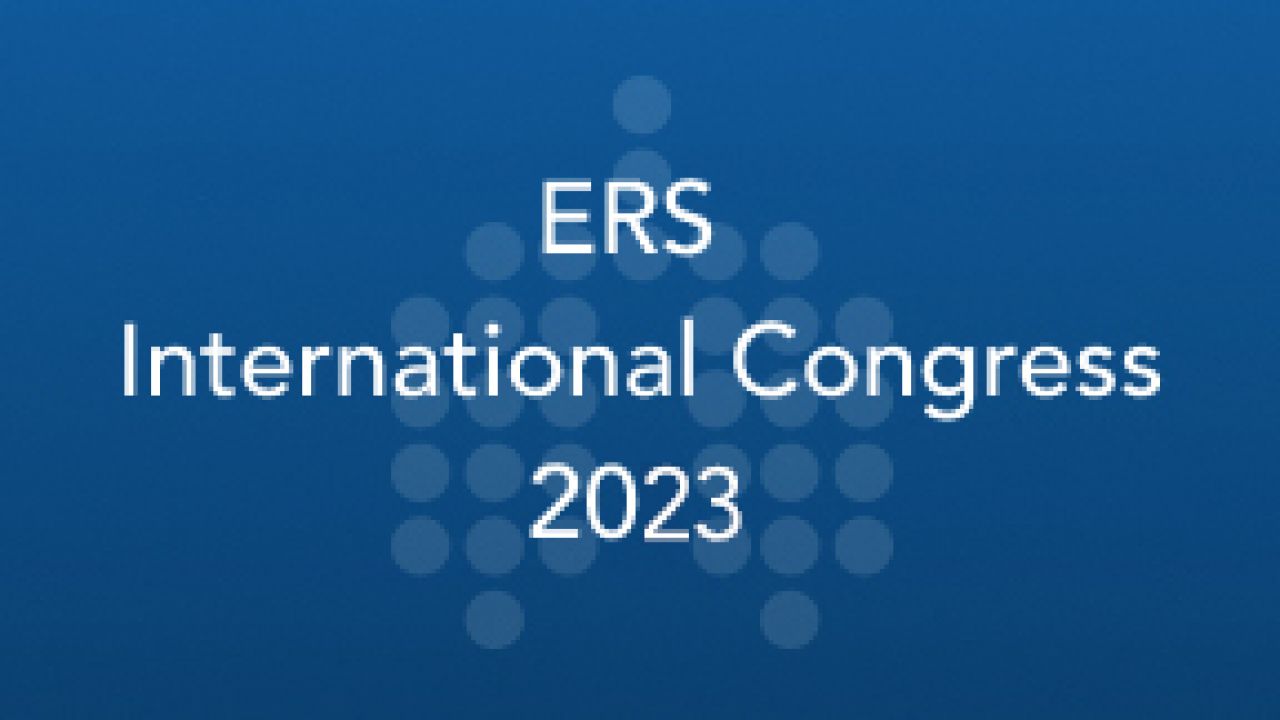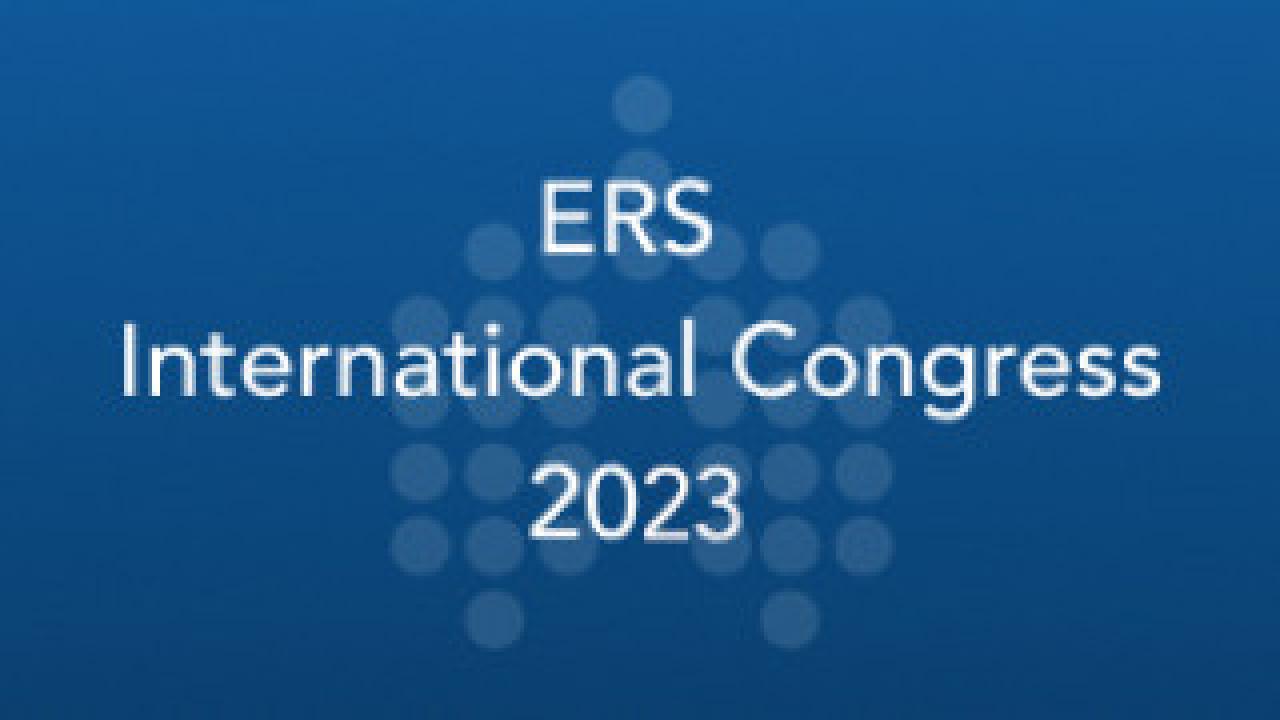List by relevance
02 Jan 2024
ERS/ATS technical standard on interpretive strategies for routine lung function tests
European Respiratory Journal 2022 60: 2101499; DOI: 10.1183/13993003.01499-2021AbstractBackground Appropriate interpretation of pulmonary function tests (PFTs) involves the classification of observed values as within/outside the normal range based on a reference population of healthy individuals, integrating knowledge of physiological determinants of test results into functional classifications and integrating patterns with other clinical data to estimate prognosis. In 2005, the American Thoracic Society (ATS) and European Respiratory Society (ERS) jointly adopted technical standards for the interpretation of PFTs. We aimed to update the 2005 recommendations and incorporate evidence from recent literature to establish new standards for PFT interpretation.Methods This technical standards document was developed by an international joint Task Force, appointed by the ERS/ATS with multidisciplinary expertise in conducting and interpreting PFTs and developing international standards. A comprehensive literature review was conducted and published evidence was reviewed.Results Recommendations for the choice of reference equations and limits of normal of the healthy population to identify individuals with unusually low or high results are discussed. Interpretation strategies for bronchodilator responsiveness testing, limits of natural changes over time and severity are also updated. Interpretation of measurements made by spirometry, lung volumes and gas transfer are described as they relate to underlying pathophysiology with updated classification protocols of common impairments.Conclusions Interpretation of PFTs must be complemented with clinical expertise and consideration of the inherent biological variability of the test and the uncertainty of the test result to ensure appropriate interpretation of an individual's lung function measurements.
09 Dec 2022
Pulmonary function interpretations webinar series - Session 2
16 February, 202318:00-19:00 CET Session 2: Expert interview: Physiological classification of lung function impairment Chair: Andrea Aliverti (Milan, Italy)Speakers: David Kaminsky (Burlington, USA), Neil Macintyre (Durham, USA), Bruce Thompson (Hawthorn, Australia) Learning objectives: Highlight how spirometry can be used to define lung function impairmentsHighlight how diffusion capacity can be used to define lung function impairmentsHighlight how lung volumes can be used to define lung function impairments
16 Feb 2023
Updated Technical Standards for the Measurement of Lung Volumes
European Respiratory Journal 2023 62: 2201519; DOI: 10.1183/13993003.01519-2022AbstractThis document updates the 2005 European Respiratory Society (ERS) and American Thoracic Society (ATS) technical standard for the measurement of lung volumes. The 2005 document integrated the recommendations of an ATS/ERS task force with those from an earlier National Heart, Lung, and Blood Institute workshop that led to the publication of background papers between 1995 and 1999 and a consensus workshop report with more in-depth descriptions and discussion. Advancements in hardware and software, new research and emerging approaches have necessitated an update to the 2005 technical standard to guide laboratory directors, physiologists, operators, pulmonologists and manufacturers. Key updates include standardisation of linked spirometry, new equipment quality control and validation recommendations, generalisation of the multiple breath washout concept beyond nitrogen, a new acceptability and grading system with addition of example tracings, and a brief review of imaging and other new techniques to measure lung volumes. Future directions and key research questions are also noted.
06 Dec 2023
Syndrome of Combined Pulmonary Fibrosis and Emphysema: An Official ATS/ERS/JRS/ALAT Research Statement
Background: The presence of emphysema is relatively common in patients with fibrotic interstitial lung disease. This has been designated combined pulmonary fibrosis and emphysema (CPFE). The lack of consensus over definitions and diagnostic criteria has limited CPFE research.Goals: The objectives of this task force were to review the terminology, definition, characteristics, pathophysiology, and research priorities of CPFE and to explore whether CPFE is a syndrome.Methods: This research statement was developed by a committee including 19 pulmonologists, 5 radiologists, 3 pathologists, 2 methodologists, and 2 patient representatives. The final document was supported by a focused systematic review that identified and summarized all recent publications related to CPFE.Results: This task force identified that patients with CPFE are predominantly male, with a history of smoking, severe dyspnea, relatively preserved airflow rates and lung volumes on spirometry, severely impaired DlCO, exertional hypoxemia, frequent pulmonary hypertension, and a dismal prognosis. The committee proposes to identify CPFE as a syndrome, given the clustering of pulmonary fibrosis and emphysema, shared pathogenetic pathways, unique considerations related to disease progression, increased risk of complications (pulmonary hypertension, lung cancer, and/or mortality), and implications for clinical trial design. There are varying features of interstitial lung disease and emphysema in CPFE. The committee offers a research definition and classification criteria and proposes that studies on CPFE include a comprehensive description of radiologic and, when available, pathological patterns, including some recently described patterns such as smoking-related interstitial fibrosis.Conclusions: This statement delineates the syndrome of CPFE and highlights research priorities.
08 Dec 2022
Panel discussion on respiratory oscillometry in paediatric applications - 9 APRIL, 2024
ERS and PATS joint webinar9 April, 2024 | Online18:00-19:00 CESTChair: Prof. Refiloe Masekela (Durban, South Africa), Dr Anna Lavizzari (Milano, Italy), Dr Emanuela Zannin (Milano, Italy)Speakers: Dr Enrico Lombardi (Florence, Italy), Dr Diane Gray (Cape Town, South Africa) Overview Assessing lung function in early childhood is important to promote optimal lung growth and development. Spirometry is currently the most common lung function test, but its applicability in children is limited because it requires significant patient co-operation to undertake maximal respiratory efforts. Respiratory oscillometry is an attractive option to assess lung function in paediatric applications because it requires minimal patient cooperation and can be used in young children aged from 3 years, allowing to follow lung function across the life course. However, the application of respiratory oscillometry in clinical practice has been limited in the part by the lack of technical standards and lack of reference data for some patient groups. Technical standards that allow standardisation, comparison and replication of oscillometry results have been recently developed by an ERS Task-Force and published on the ERJ. Several works are currently being published allowing for the availability of reference values suitable for measurements performed with different equipment, in different age groups and in children of different ethnicities. Educational aims Respiratory oscillometry methodologyReference valuesClinical applications of oscillometry in paediatric patientsSignificance of respiratory oscillometry in African children Topics: Measurement apparatusInput signalResults reportingReference valuesClinical significance in different pediatric lung diseasesRespiratory oscillometry for bronchodilator response testingRespiratory oscillometry for bronchial challenge testing Target audience: PaediatriciansPaediatric pulmonologistsNeonatologistRespiratory techniciansTrainees Format This webinar will include 45 minutes of lectures followed by 15 minutes of discussion facilitated by the chairs. Learning outcomes Following this webinar, participants will be able to: Understand the working principles of respiratory oscillometryThe technical standards to produce standardised and reproducible resultsThe most common clinical application of respiratory oscillometryClinical significance of respiratory oscillometry in paediatric patients, with a focus on African children CME credit An application for accreditation of this webinar has been made to the European Board for Accreditation in Pneumology (EBAP) for 1 CME credit per 1-hour attendance. If accredited, the CME credit will be granted upon attendance of at least 60 minutes during the live webinar only.
09 Apr 2024
Idiopathic pulmonary fibrosis
In the latest episode of Curbside Consult, Professor Sean Gaine and Dr Emer Kelly speak to Dr Marlies Wijsenbeek, of Erasmus MC, Rotterdam, Netherlands. Dr Wijsenbeek gives her expert opinion on interstitial lung disease, including the case of an 82-year-old non-smoking female patient with interstitial changes on her chest x-ray and mild restriction in her spirometry.
29 Apr 2024







